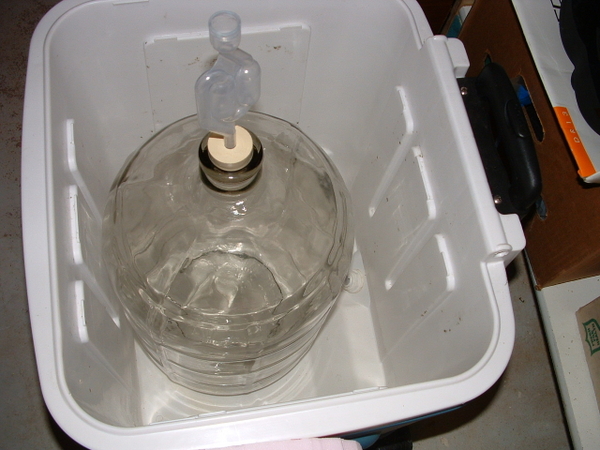I've been brewing for about 2 years now and have made about 6 different beers. I've noticed in several of my beers, the same undertone of an off flavor. The beer still tastes good, but it's the same flavor from beer to beer. I've made an IPA which was had only the faintest of this taste. Then a farmhouse ale and a dunkelweiss beer, neither of which had this flavor, or at least the Belgian yeast overcame it. It's the first holiday style ale, the brown ale and now the Porter (modeled after Deschutes Black Butte porter) and it has that darned taste! Here are the things I think that could cause this taste:
1. temperature fluctuations in brewing - but stays in the 65-75 degree range
2. malt extract - i've heard people say this can cause beers to taste the same
3. yeast - but i use high quality yeast and I keep it refrigerated
4. dead yeast - but i use a secondary fermenter and I separate the wort from the sludge
Does anyone know what I'm talking about and have any ideas on how to get this flavor from coming back in most of my amberish ales?
Please help!
Thanks,
Rog-o-matic
1. temperature fluctuations in brewing - but stays in the 65-75 degree range
2. malt extract - i've heard people say this can cause beers to taste the same
3. yeast - but i use high quality yeast and I keep it refrigerated
4. dead yeast - but i use a secondary fermenter and I separate the wort from the sludge
Does anyone know what I'm talking about and have any ideas on how to get this flavor from coming back in most of my amberish ales?
Please help!
Thanks,
Rog-o-matic





